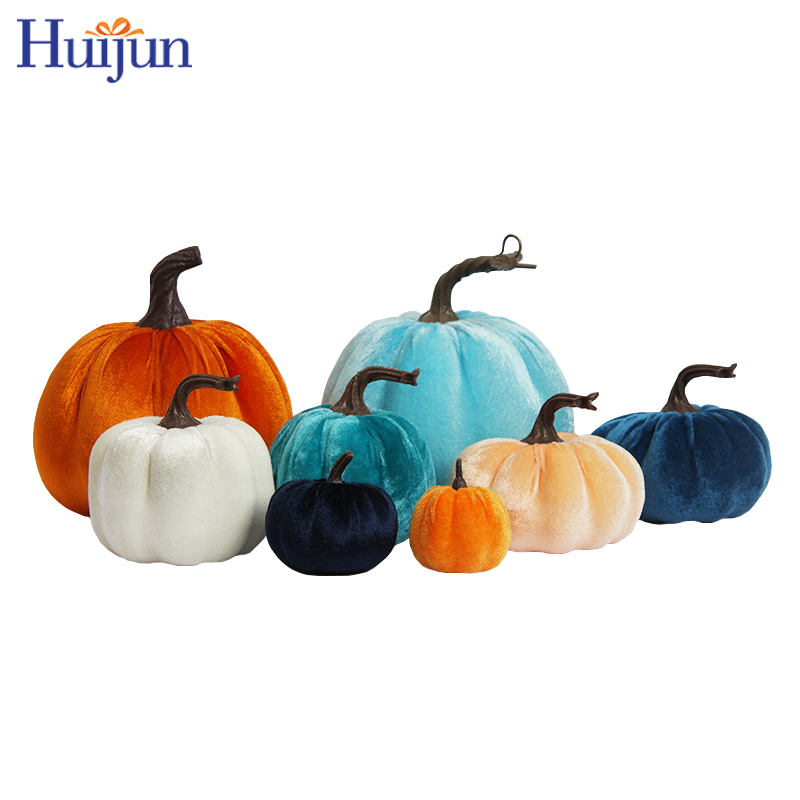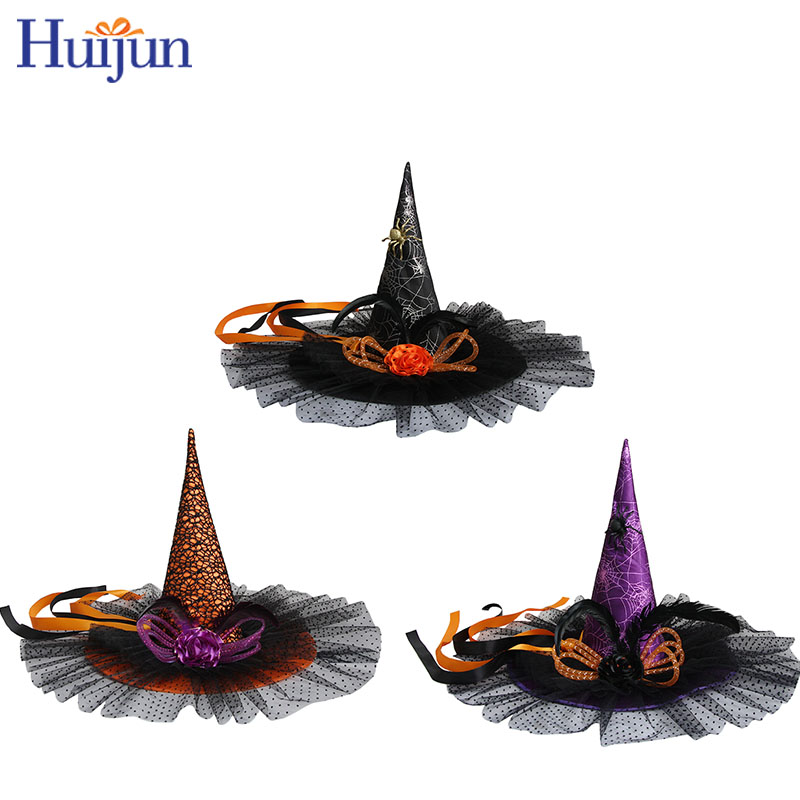As the leaves turn yellow and the air becomes crisp, communities around the world prepare to celebrate one of the most anticipated nights of the year: Halloween. This vibrant holiday marked by costumes, candy-trickling, and festive gatherings has deep historical roots intertwined with ancient customs and religious practices. According to many scholars, Halloween, also known as All Hallows’ Eve, is a Christian holiday with significant influences from Celtic harvest festivals, showcasing a fascinating blend of cultural traditions that have evolved over the centuries.
The Historical Roots of Halloween
The origins of Halloween can be traced back to the ancient Celtic festival of Samhain, which was celebrated on the night of October 31. This festival marked the end of the harvest season and the beginning of winter, a time when the Celts believed the line between life and death blurred. During Samhain, it was customary to light bonfires and wear costumes to ward off wandering spirits. The Celts believed that on this night, the spirits of the dead would return to their homes, and they tried to appease these spirits with food and drink.
As Christianity spread across Europe, many pagan traditions were absorbed into Christian customs. The church designated November 1 as All Saints’ Day to honor all saints and martyrs. The night before became known as All Hallows’ Eve, which eventually evolved into what we know today as Halloween. While the religious significance of the day has diminished for many, the customs and traditions that derive from these ancient practices remain, making for colorful celebrations.
Influence of Celtic tradition
Despite the rise of Christianity, many ancient Celtic customs have survived and continue to influence modern Halloween celebrations. One of Halloween’s most iconic symbols is the jack-o’-lantern, which has its roots in an Irish myth about a man named Scrooge Jack. According to legend, Jack tricked the devil and was sentenced to wander the earth with only a carved turnip to light his way. When Irish immigrants brought the tradition to America, they adapted it to pumpkins, which were more plentiful and easier to carve.
Carving jack-o’-lanterns has become a favorite Halloween activity, with families and friends coming together to create their own unique designs. Lighting these carved jack-o’-lanterns not only evokes the ancient belief of warding off evil spirits, but also provides a festive and creative outlet for the community.
Trick or treating: a modern custom with historical roots
Trick or treating is another Halloween tradition that has evolved over time. Its origins can be traced back to the medieval custom of “treating for sweets,” when poor people would go door to door on Halloween and pray for the dead in exchange for food. This custom eventually evolved into the modern custom of children dressing up in costumes and going door to door asking for candy.
The phrase “trick or treat” itself coined its name in the early 20th century, and by the 1950s it had become a common practice across North America. Today, children eagerly anticipate Halloween night by dressing up in a variety of costumes, from classic ghosts and witches to popular characters from movies and television. The excitement of collecting candy and treats has become a cherished family tradition that fosters a sense of community and celebration.
Holiday gatherings and community spirit
Halloween is more than just a time for candy. It’s also a time for festive gatherings and community events. Communities fill with decorations, haunted houses, and themed parties, creating an atmosphere of excitement and camaraderie. Many communities host Halloween parades, pumpkin carving contests, and other events to bring people together to celebrate the holiday.
In recent years, Halloween celebrations have become more inclusive and creative. Families are encouraged to participate in activities that promote community spirit, such as organizing block parties or attending charity events. This shift has led to Halloween evolving into a holiday that not only celebrates the macabre and the supernatural, but also fosters connections between neighbors and friends.
 Pumpkin element: a symbol of harvest and celebration
Pumpkin element: a symbol of harvest and celebration
At the heart of Halloween is the pumpkin, a symbol of the harvest season and a key element in many Halloween traditions. Pumpkins are not only used to carve jack-o’-lanterns, but also feature prominently in seasonal recipes from pumpkin pie to pumpkin spice lattes. The bright orange color and round shape of the pumpkin evoke feelings of warmth and abundance, making it a perfect representation of the fall season.
In addition to its culinary uses, pumpkins have become a focal point for community events. Popular pumpkin patches, where families can pick their own pumpkins, provide a fun and interactive way to celebrate the harvest. These events not only promote local agriculture, but also create lasting memories for families and children.
Modern Halloween Experience
Today, Halloween is celebrated in a variety of ways around the world, with each culture adding a unique twist to the holiday. In the United States, Halloween has become a multi-billion dollar industry, with elaborate decorations, costumes, and themed events dominating the market. Haunted houses, escape rooms, and horror-themed attractions attract thrill-seekers seeking frights, while family-friendly events cater to those seeking a more relaxed experience.
Social media has also played a major role in shaping modern Halloween celebrations. From sharing costume ideas to showcasing creative decorations, platforms like Instagram and TikTok have become hubs for Halloween inspiration. The rise of virtual events during the pandemic has further changed the way people celebrate, with online costume contests and virtual haunted houses becoming popular alternatives.
In Conclusion
Every year as Halloween approaches, it’s important to recognize the rich history and cultural significance behind this beloved holiday. From its ancient Celtic roots to modern celebrations, Halloween has evolved into a multifaceted event that brings people together in joy and community spirit. Whether through trick-or-treating, festive gatherings, or simply carving jack-o’-lanterns, Halloween traditions still thrive, reminding us of the importance of connection, creativity, and celebration in our lives. As we don costumes and indulge in treats, let’s also honor the ancient customs that shaped this fascinating holiday and ensure the spirit of Halloween lives on for generations to come.
Post time: Mar-21-2025







